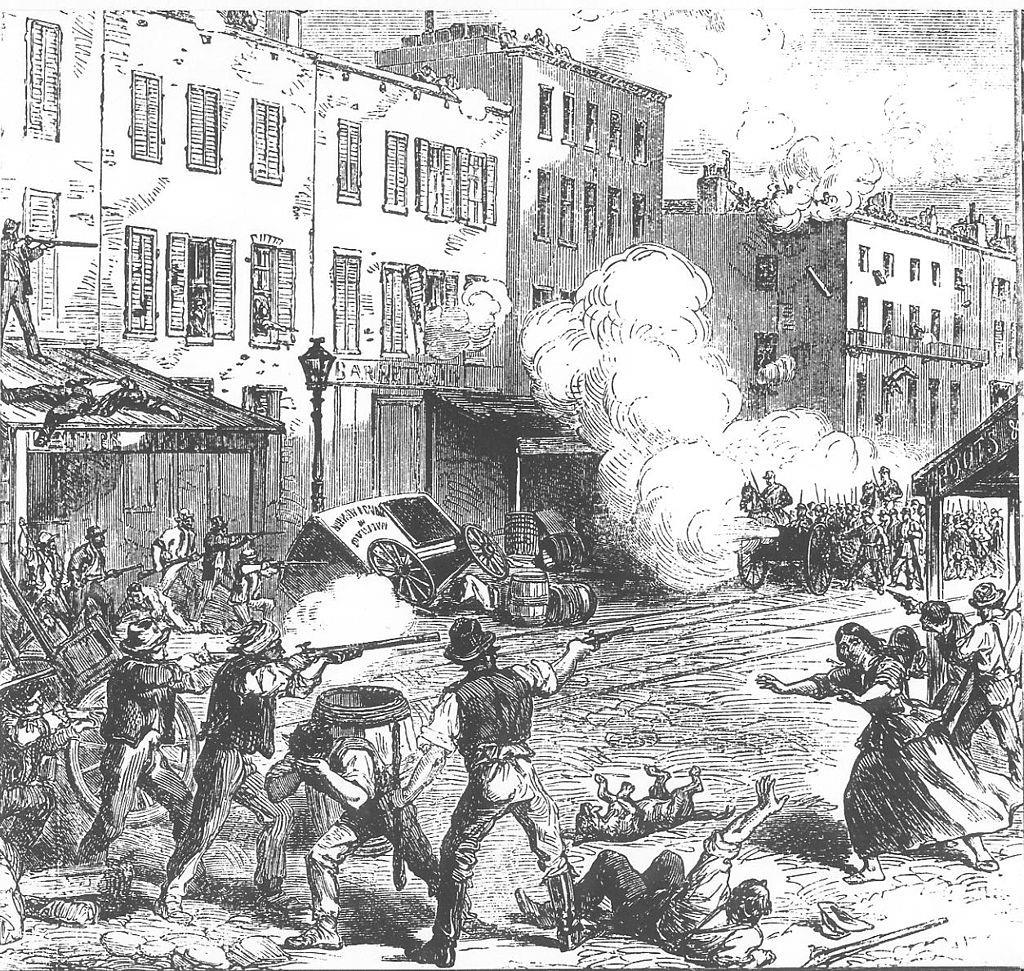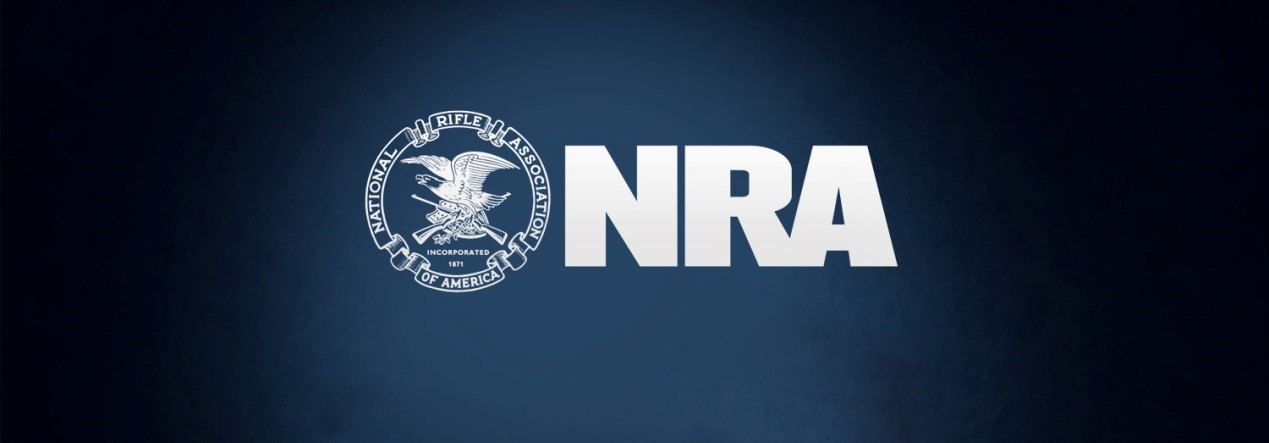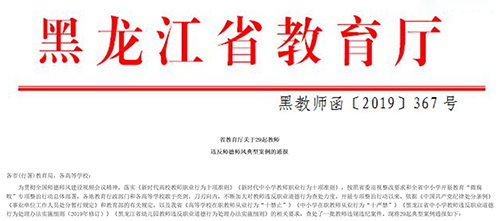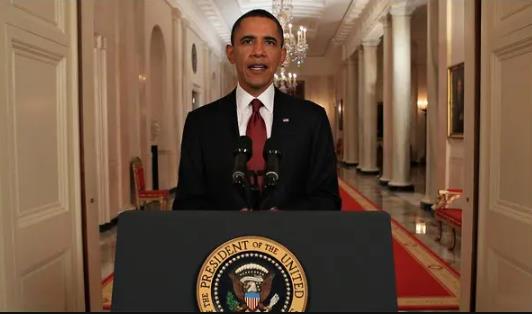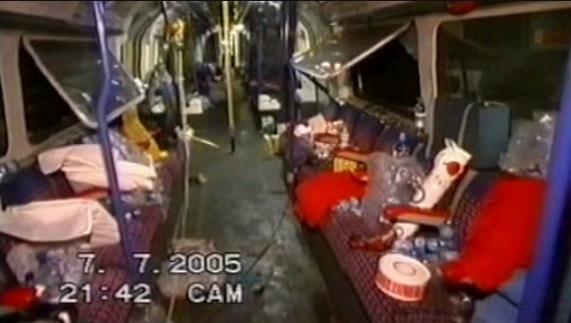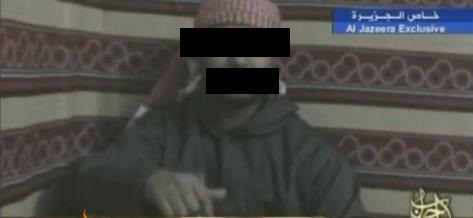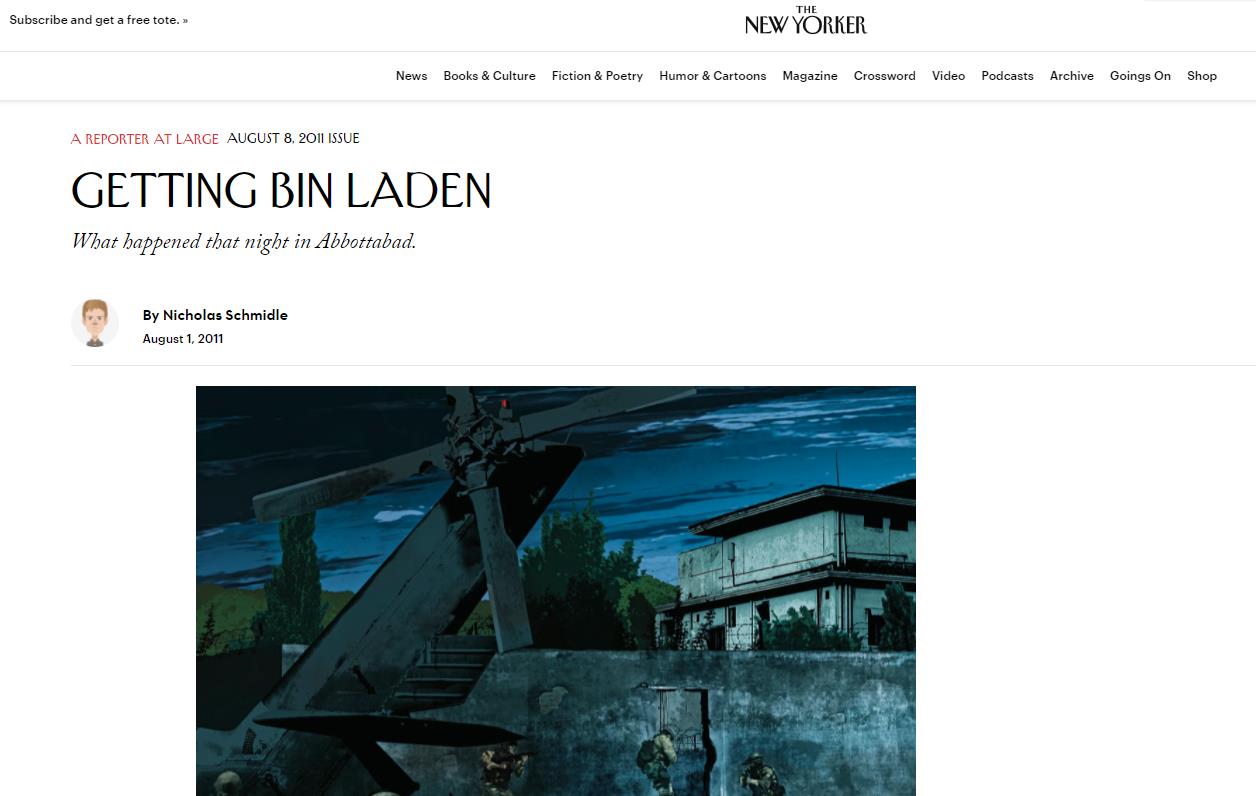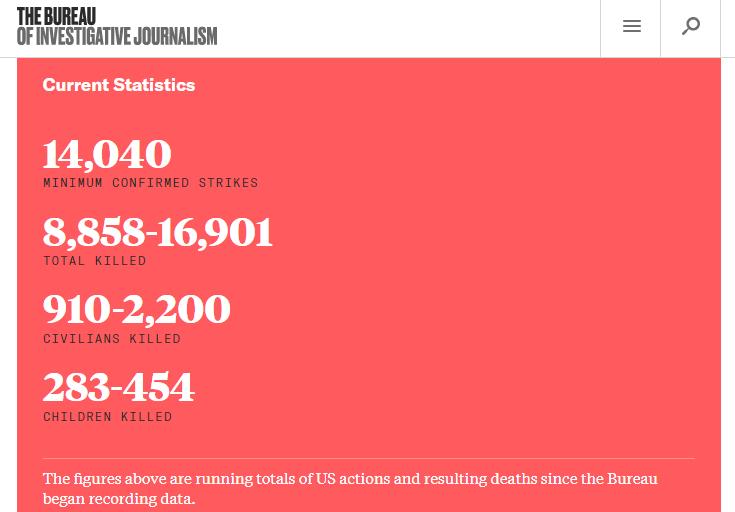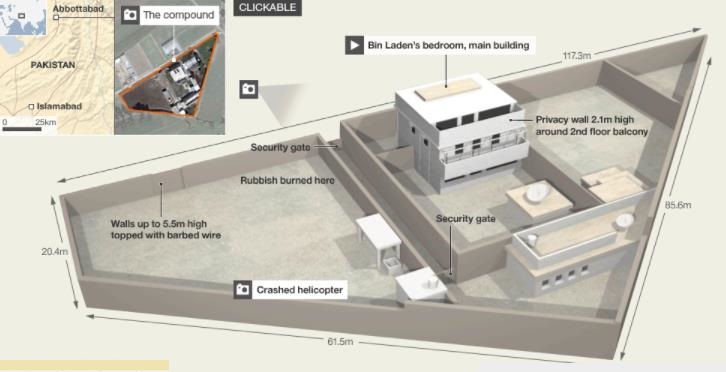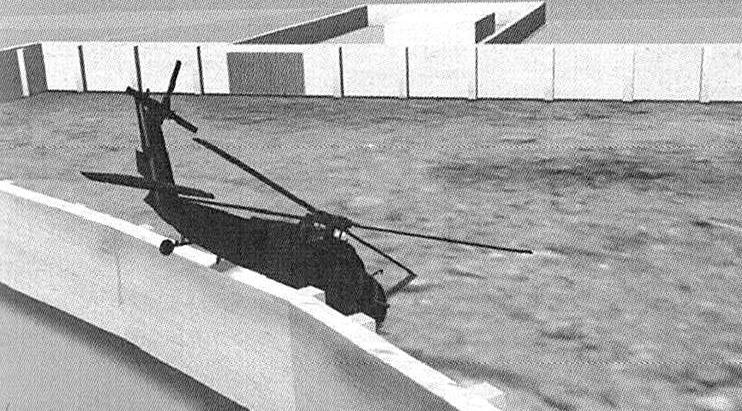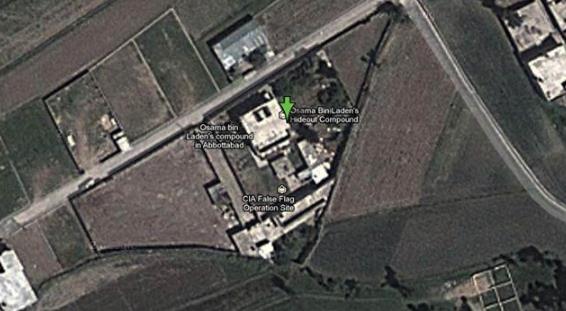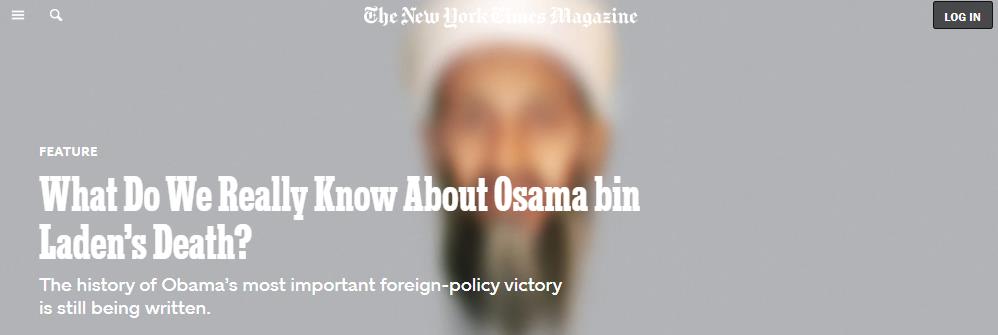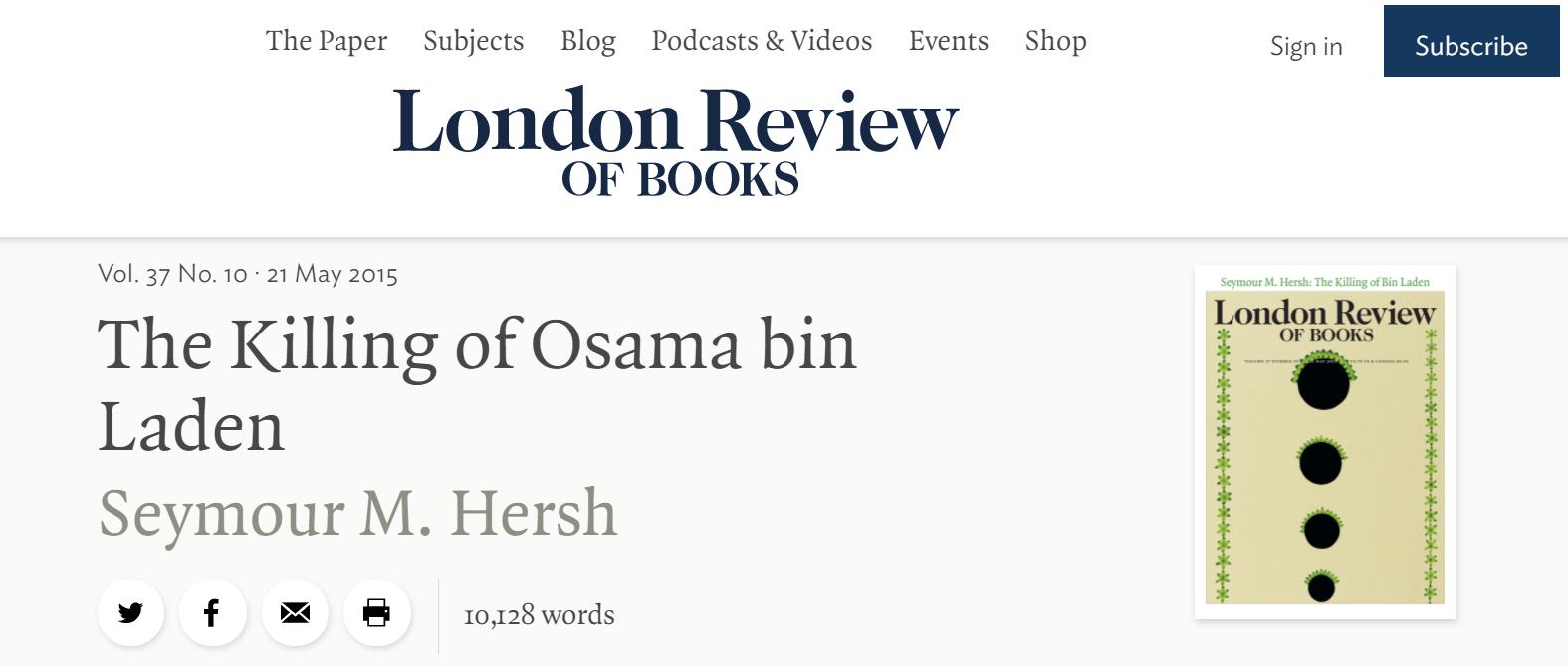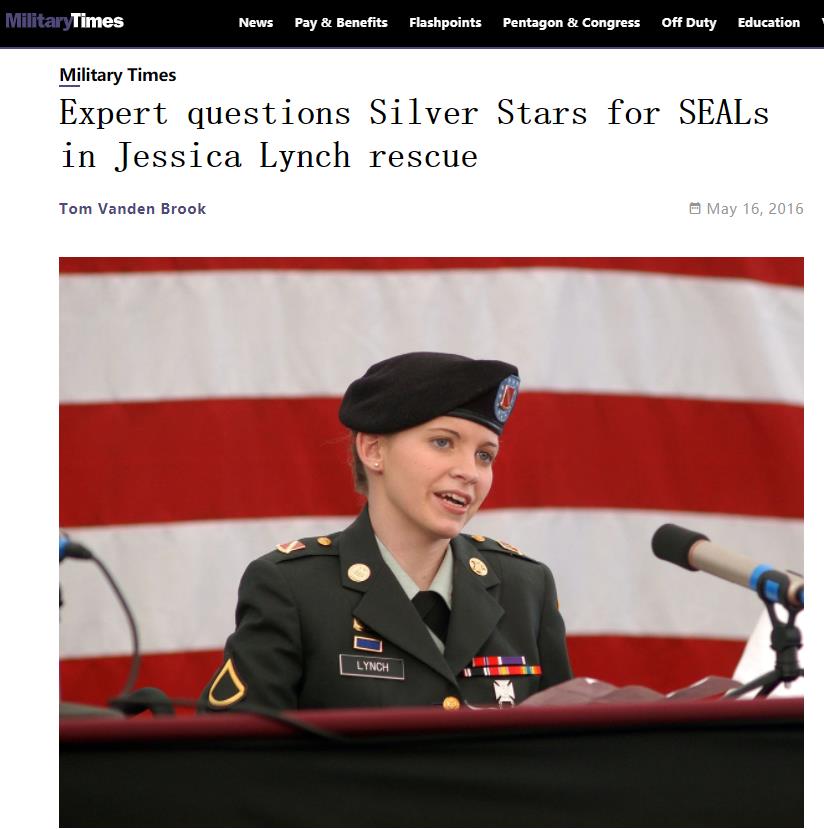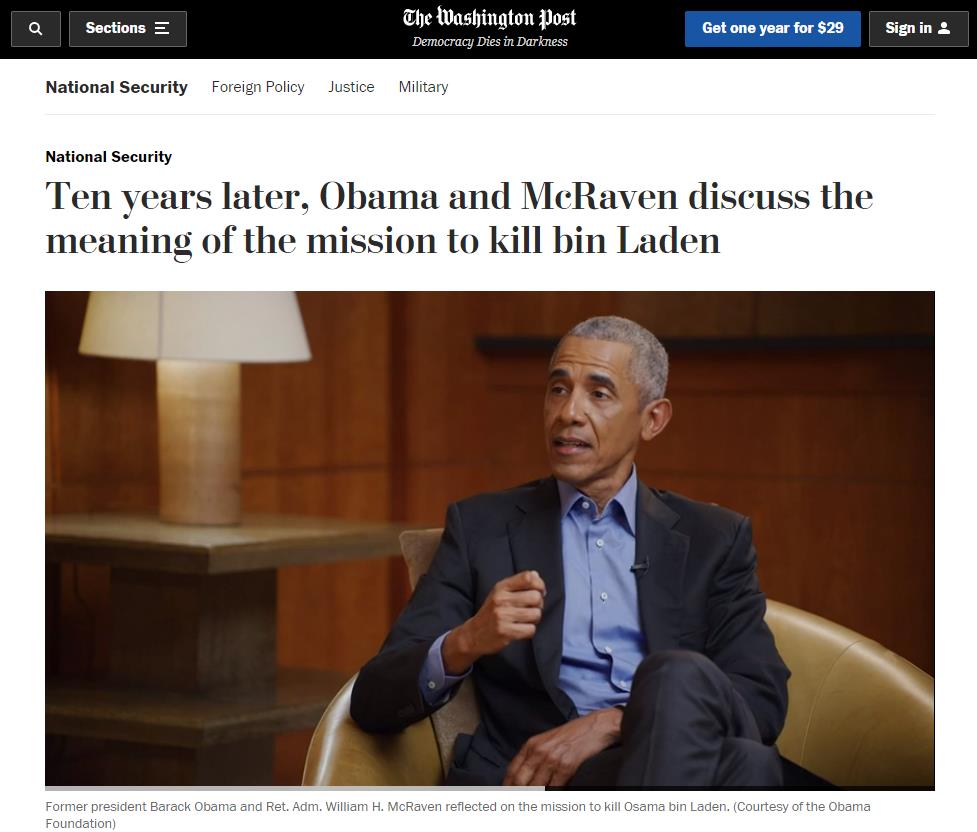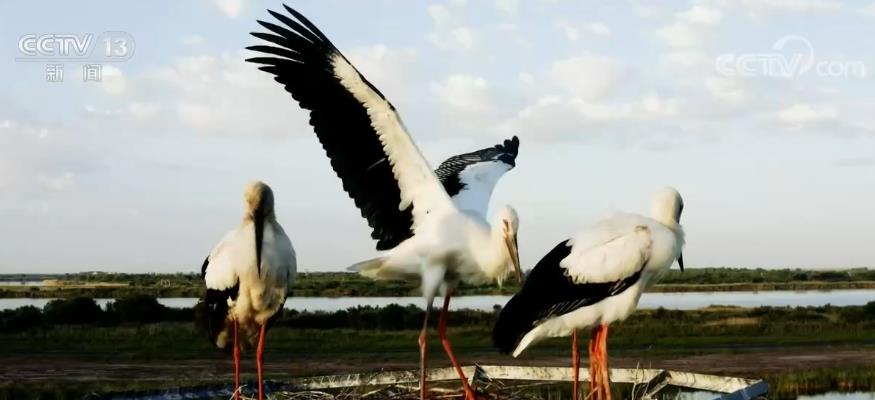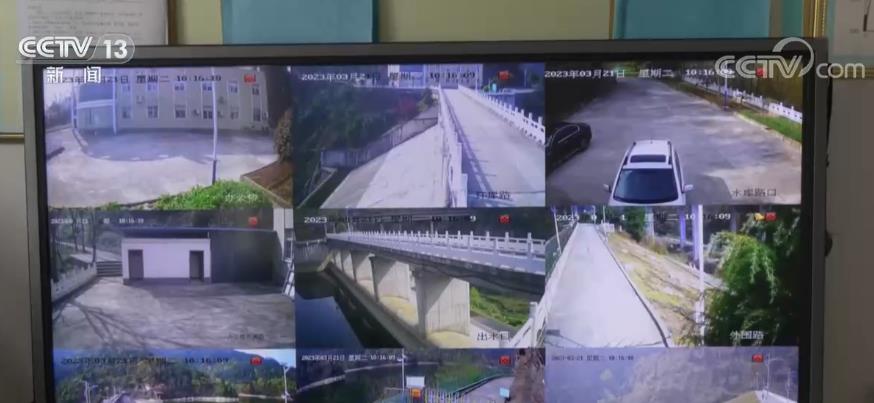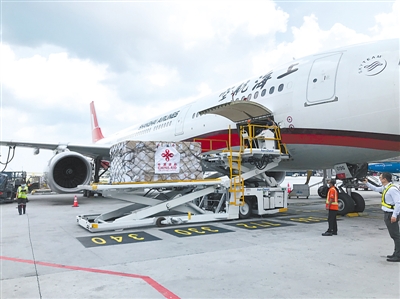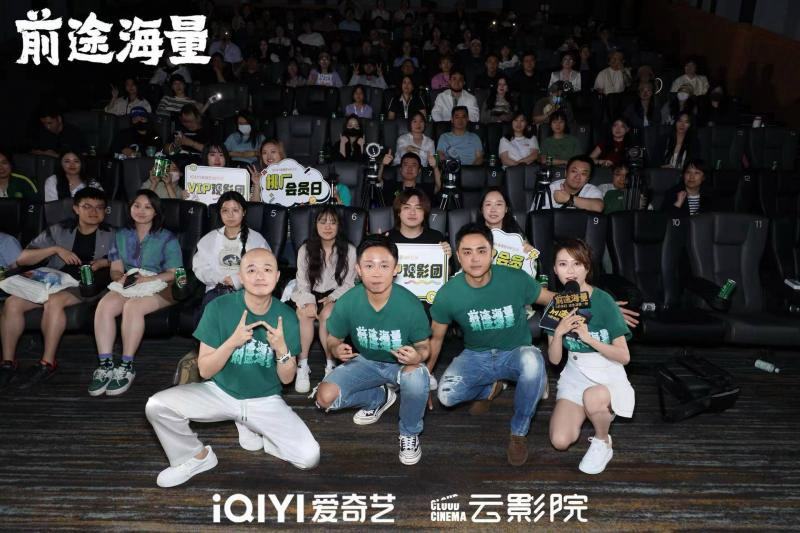Tesla’s heat pump air conditioner lost to the winter in Canada?

How is your pure electric car experience in the cold winter?
The discount on battery life may not be the worst thing. Recently, more than a dozen Tesla owners in Canada have reported that even the air conditioner can’t be used in winter. Not only is the car frozen at a discount, but people are also frozen with a snot and tears.
Moreover, the basic things that can’t be heated in winter are heat pump air conditioners.
This is very strange. The high-efficiency and energy-saving advantages of heat pump air conditioners have not been brought into play, but they cannot be heated, which has attracted the doubts of some Canadian car owners and attracted the attention of Tesla’s R&D team. Musk said that this is a high priority for Tesla.
But even weirder, Musk said that the failure of heat pump air conditioner turned out to be a software problem, which can be completed by firmware update. Perhaps many people have never heard of it, and air conditioners still need OTA. However, after understanding the structure and working principle of Tesla heat pump air conditioner, we can find that this set of hardware can realize 12 different functions, and all the functions are controlled by software.
Therefore, the problem of Tesla heat pump air conditioning may really be a software problem.
So, how amazing is Tesla’s heat pump air conditioner? Why can’t refrigeration occur under extremely cold conditions? Can the industry solve this problem? After reading the patent of Tesla heat pump air conditioner and having a conversation with the Weiling engineer of Midea, the car found the answer to the question.
This month, countries in the northern hemisphere ushered in the coldest time since winter, and electric vehicles also entered the worst stage of the year.
Recently, Tesla owners in Canada reported that they were driving in an extremely cold environment and the heat pump air conditioner could not be used.
Twitter user @TSelvig said that when traveling that day, the temperature had dropped to-40 C. In this extremely cold weather, when he was driving Tesla Model Y, the heat pump air conditioner could not be used. After trying to restart the vehicle and call Tesla customer service, this problem still cannot be solved, and the owner is a few hours’ drive from the nearest service center, so it is impossible to drive without air conditioning.

In the end, the family switched to a fuel car.
Another Model Y owner @paateach has a richer experience. His Model Y has no warm air for two consecutive winters.
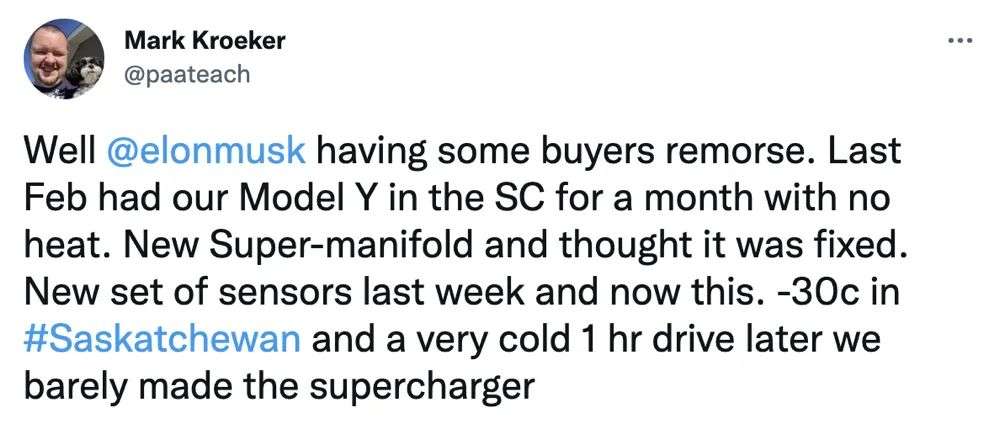
He tweeted that he lived in Saskatchewan, southern Canada, and in February last year, he encountered the situation that the heat pump air conditioner could not be used, and there was no warm air for a whole month. Later, Tesla replaced a group of super manifolds for him, and the heat pump air conditioner could be used at that time. However, by this winter, when the temperature dropped to -30℃, he once again encountered the situation that the heat pump air conditioner could not be used.
At that time, he photographed the prompt on the car screen: the cockpit climate control system needs maintenance, and the heating and cooling systems will be restricted or unusable.

Two car owners questioned Tesla: Why did Tesla’s heat pump air conditioner fail in extremely cold weather? Tesla has been repaired several times, why is the maintenance plan still invalid?
Some car owners even said that after this winter, they hope to sell their Tesla in exchange for a fuel car, at least there will be no air conditioning and heating failure.
Angie Dean, chairman of Tesla Owner’s Club in Alberta, Canada, said: "In Alberta and Saskatchewan, Canada, more than a dozen Tesla owners have experienced the problem that heat pump air conditioners cannot be used."

Just last week, the owner community Drive Tesla Canada tweeted @ Musk, asking him to comment on the heat pump problem. Musk replied to the tweet within 5 minutes, saying that maintaining the heat pump air conditioner has a very high priority. After 40 minutes, Musk said that the new firmware of heat pump air conditioner has been introduced to users.
It is quite curious that why the failure of heat pump air conditioner can be repaired by firmware update? In addition, after the firmware update is completed, there is still feedback from the owner that heating cannot be done. Is the firmware update useful?
In a patent document published by Tesla in 2019, the structure and operation mode of the heat pump air conditioning system were demonstrated. At the beginning of 2020, with the mass production of Model Y, this patent was also transformed into the mass production application of Tesla.
If you open the front case of Tesla, you can see the heat pump air conditioner and many pipes and harnesses. In fact, this is just the tip of the iceberg of the heat pump system. From the patent drawing, Tesla’s heat pump air conditioner has 11 main components, and is responsible for the thermal cycle of the whole vehicle, which can lead to different parts of the vehicle such as cockpit, battery pack and motor.
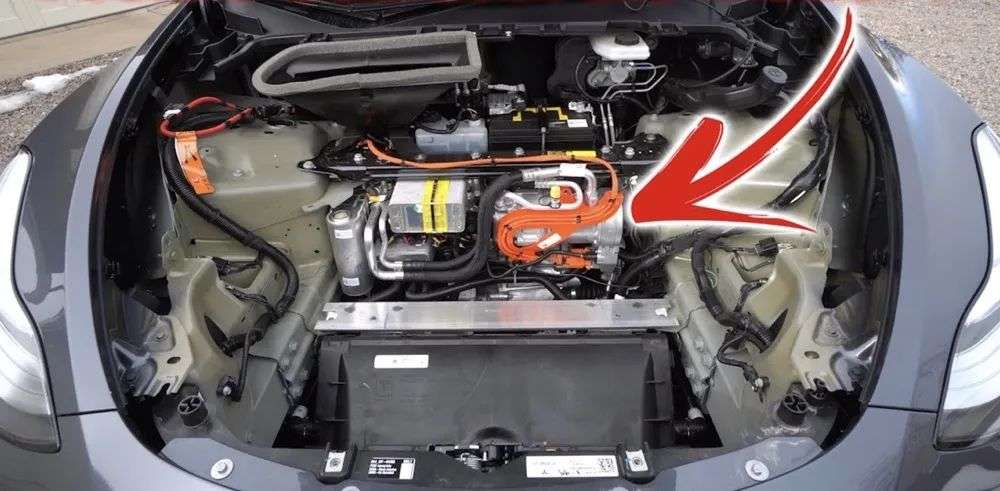
These main components are compressor, cabin condenser, cabin evaporator, battery system cooling device, cabin blower, motor liquid-cooled condenser, storage battery, three-way compressor air outlet, low-voltage electric cabin heater (PTC), recirculating air conditioner and heating.
Among the 11 main components, Tesla did not directly cancel the traditional PTC heating, but still equipped with a low-voltage PTC heating. However, due to the lack of power, this PTC heating device can not directly heat the cabin, but provides auxiliary heating when the heat pump system is insufficient.
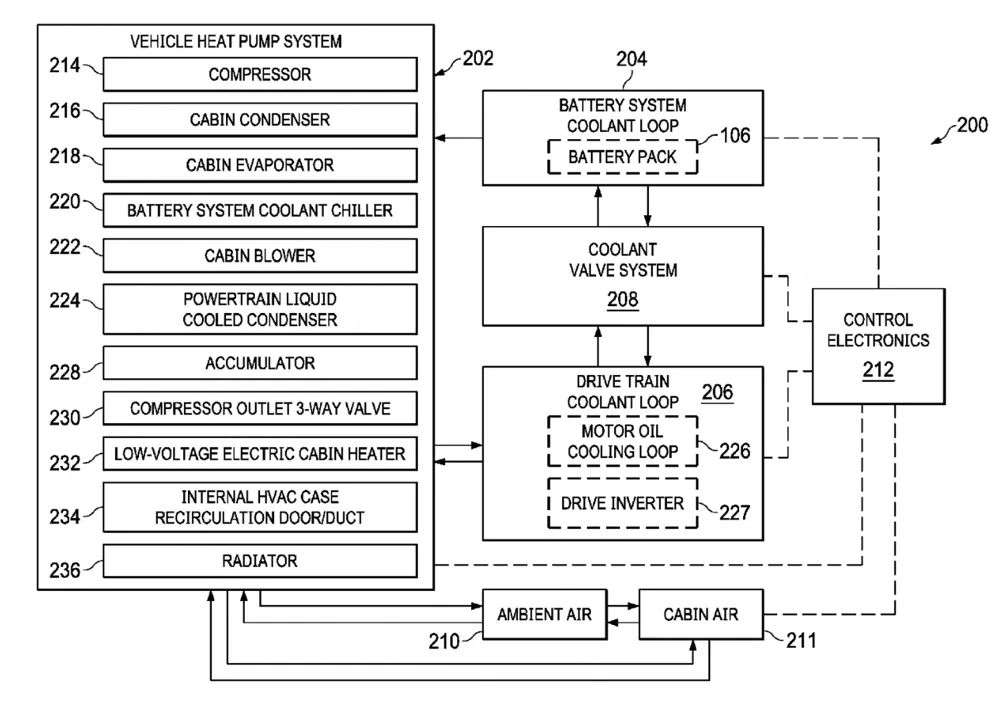
Surprisingly, Tesla’s hardware can realize 12 different working modes, which are completed by different software scheduling.
Among these 12 working modes, there are only three modes in which heat pump participates. Heat pump participation in heating can be divided into pure heat pump mode and mixed heating mode. When the heat pump efficiency is high, the pure heat pump mode is activated, and when the efficiency is low, the mixed heating mode is activated. The heat pump can be mixed with PTC heating and can also be added to the evaporator for heating together.
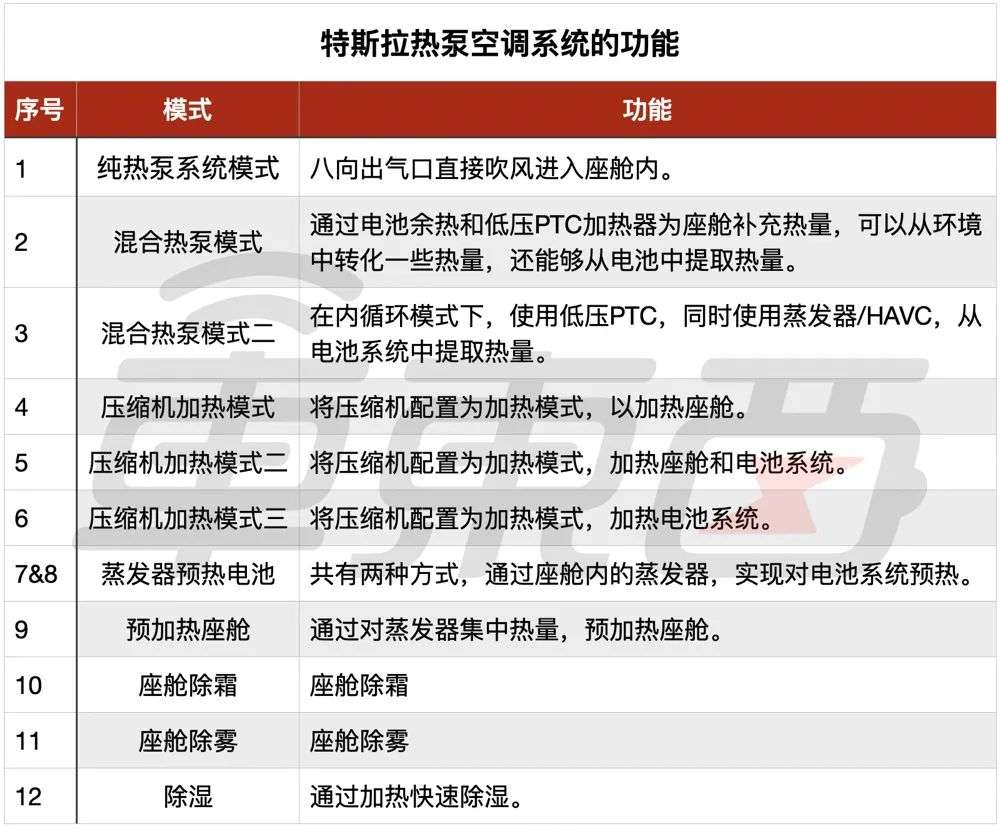
In addition, the cabin and battery system can be heated simply by using the compressor and evaporator. In addition, the in-vehicle thermal circulation system can also realize the functions of cabin defogging, defrosting, dehumidification and so on.
A conclusion can be drawn here: it is indeed feasible to fix the problem of heat pump air conditioning through firmware update.
When there is nothing wrong with the hardware of the heat pump air conditioning system, the adjustment of the heat pump air conditioning system can be realized by adjusting the software scheduling in different environments.
As far as the heat pump system is concerned, there is a strong relationship between the efficiency of heating the cabin and the efficiency of the heat pump. Because the working principle of heat pump air conditioning is to exchange heat energy inside and outside the car.
Through the evaporator, the refrigerant can absorb heat from the external environment, and after the refrigerant in the car is liquefied, it releases heat, so that it can heat the cabin.
However, if the temperature of the external environment is lower, it is more difficult for the refrigerant to obtain heat from the external environment, which leads to the low heating efficiency of heat pump air conditioning in extremely cold environment.
Tesla also knows this obvious problem, so it adds auxiliary heating devices in addition to heat pump air conditioning.
Tesla drew a chart in the patent, which can explain the efficiency of heat pump air conditioning at different temperatures. The efficiency coefficient of heat pump air conditioning is expressed by COP(Coefficient of Performance). When COP=1, it means that the consumed electric energy is equal to the generated heat energy. When COP>1, the heat pump air conditioner is in the high efficiency area, which means that it can get more heat energy by consuming less electric energy.

As can be seen from Tesla’s chart, when the ambient temperature and battery temperature are lower than -20℃ at the same time, the efficiency of heat pump air conditioning will be very low, which is also considered as extremely cold temperature by Tesla, and there is no solution below this temperature. But at this time, just heat the battery, the COP value will increase, and the heating system can be used normally.
When COP=1, the heat pump air conditioner does not work and relies on evaporation to achieve heating. When COP≥1, the heat pump air conditioner will participate in heating, and the temperature needs to be above -10℃.
The second conclusion can be drawn here: if the weather outside is extremely cold, even if the firmware of the heat pump air conditioner is updated, the heating effect will still be poor. The solution is to heat the battery, or preheat it before going out.
However, under the tweet that Musk replied to the updated firmware, there are still many users who feedback that the vehicle still cannot heat.
Then, there is probably a hardware problem.
Tesla owner @paateach said on Twitter that his Tesla Model Y has been replaced with two super manifolds, including the sensor of heat pump air conditioner, expansion valve and refrigerant pipeline. The heating system can be used temporarily, but I am very worried that it may be damaged again.
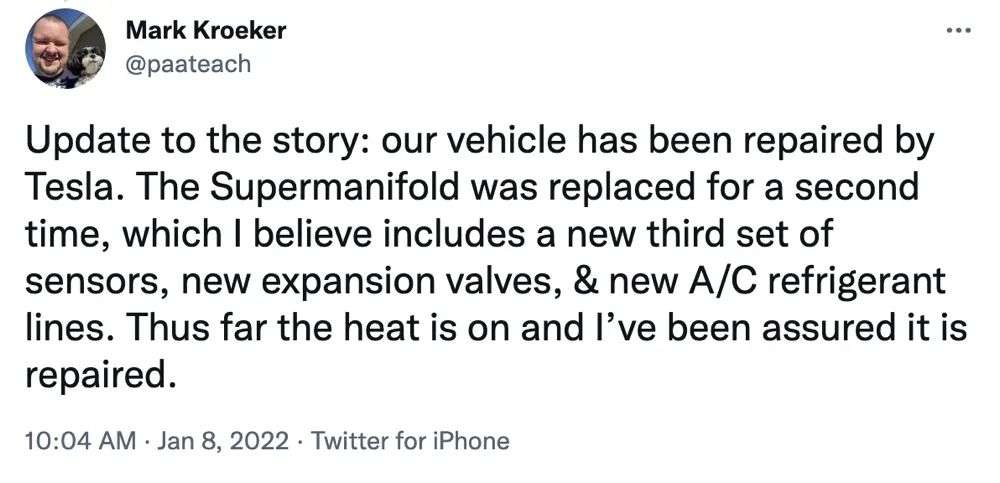
Twitter user Tesla owner revealed the research and development story of heat pump air conditioner online. Recently, Tesla’s engineers in California and Alaska are testing heat pump air conditioners. The test results show that Tesla’s heat pump air conditioners can work normally below -30℃ because the heat pump air conditioners have two refrigerant cycles.
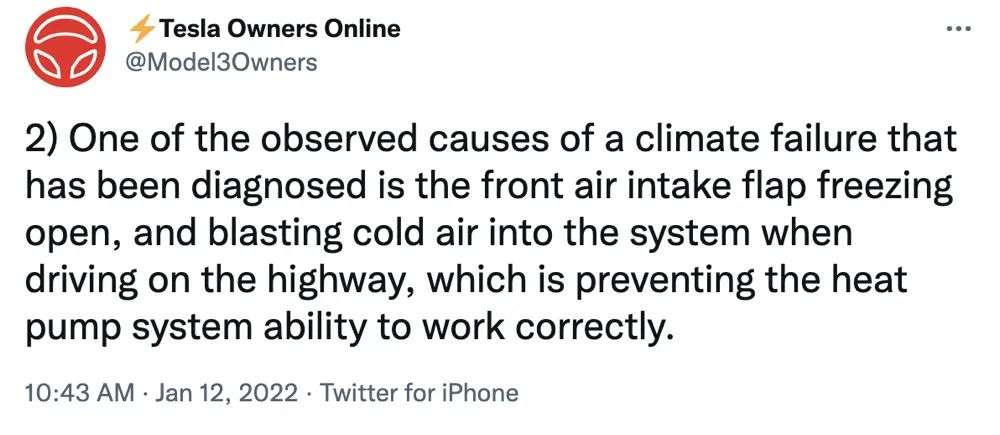
At the same time, engineers also found the problem: in extremely cold weather, the cover plate of the front air inlet will be frozen and damaged, which will lead to the inhalation of cold air during driving. Because the cold air temperature is too low, the sensor will report an error to the system after sensing it. At this time, the compressor will stop working and the heating will stop.
In order to solve this problem quickly, Tesla may start the compressor by software, temporarily avoiding the heating failure in extremely cold weather. But to solve this problem completely, Tesla may need to update some hardware later.
For the automotive industry, heat pump air conditioning is still a new thing, and Tesla Model Y was mass-produced in early 2020. Prior to this, pure electric vehicles generally used PTC to heat the interior of the car. But even under ideal conditions, the COP of PTC is 1. Low efficiency leads to very large electricity consumption for PTC heating, which further becomes a major factor affecting the battery life of electric vehicles in winter.
The efficient performance of heat pump air conditioning has attracted the attention of electric vehicle companies. In 2021, all new pure electric vehicles were basically upgraded from PTC heating to heat pump air conditioning. However, due to the limitation of refrigerant, when the temperature is below -10℃, the efficiency of heat pump will be greatly reduced. At this time, it is necessary to rely on PTC heating to heat vehicles.
For example, Tucki P5 is equipped with a heat pump air conditioner to achieve efficient heating, but it is also equipped with PTC. When the temperature is lower than -10℃, the vehicle will start PTC heating to heat the interior.
It can be said that Tucki P5 has solved the shortcomings of heat pump air conditioning to some extent, but it has not been completely solved.
Weiling, another new auto parts manufacturer, has solved the heating problem in extremely cold weather. Speaking of Weiling, maybe many friends in the automobile circle are no strangers. Weiling is a subsidiary of Midea Group, a domestic appliance head enterprise.
Last year, several auto parts announced by Weiling included automotive heat pump air conditioners.
At present, R134a(CH2FCF3, tetrafluoroethane) is usually used as the refrigerant for heat pump air conditioning, but when the outside temperature is low, the heating capacity is obviously attenuated. Therefore, there are explorations of mixed refrigerants in the industry, but the performance cannot be significantly improved.
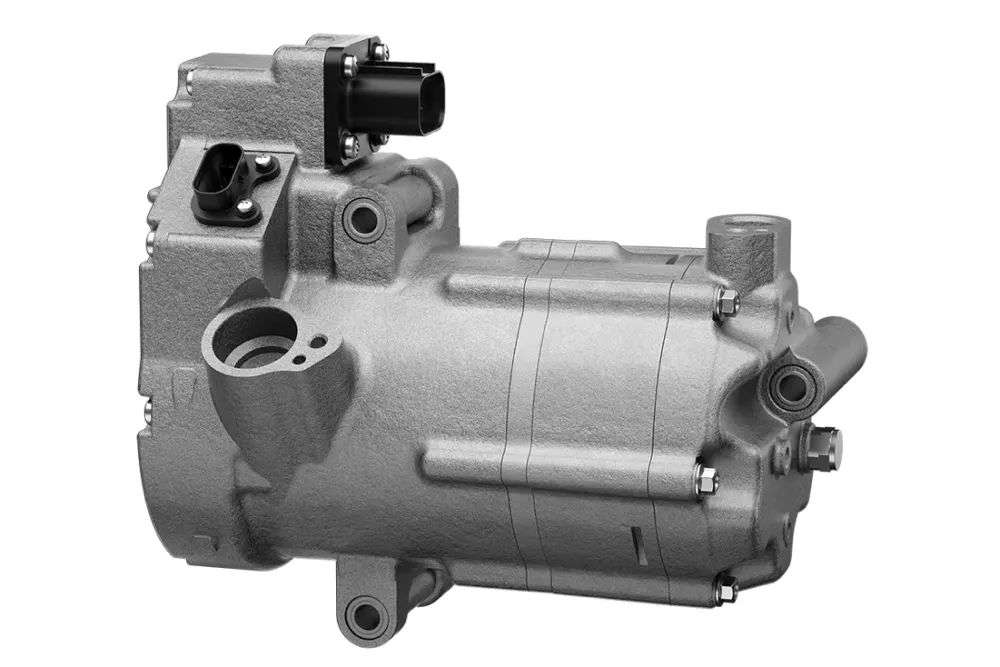
The engineers of Weiling parts found another way, using carbon dioxide as refrigerant, and the heating efficiency was obviously improved at extremely cold temperatures.
Weiling’s rotary CO2 electric compressor can achieve a heating efficiency of COP=2 at -30℃. At the same time, the noise is low during operation and the overall design is lighter.
Engineer Weiling introduced that in extremely cold weather, users don’t need to "cover the quilt" to drive. At the same time, compared with traditional heat pump air conditioners, the heat pump with carbon dioxide as refrigerant can increase the cruising range of vehicles by up to 20%.
The CO2 electric compressor alone has 220 domestic invention patents and 14 international invention patents, and has completely independent intellectual property rights. At the same time, CO2, as a common greenhouse gas, is collected and used as a refrigerant, which also contributes to "carbon neutrality".
Last year, the heat pump air conditioning products of Midea Group Weiling components have been installed on pure electric brand vehicles such as Tucki and Weilai, which has become a microcosm of the rapid transformation of domestic component enterprises to electrification.
In 2020, Tesla put the heat pump air conditioner into a pure electric vehicle, which led the electric vehicle industry to take another step towards high efficiency. In just one year, by 2021, heat pump air conditioning has become the standard of high-end electric vehicles.
Obviously, the technology that will not be used in the era of fuel vehicles may be a huge innovation in the era of electric vehicles. In today’s increasingly fierce global competition for electric vehicles, there is still huge room for innovation in the field of electric vehicles.

